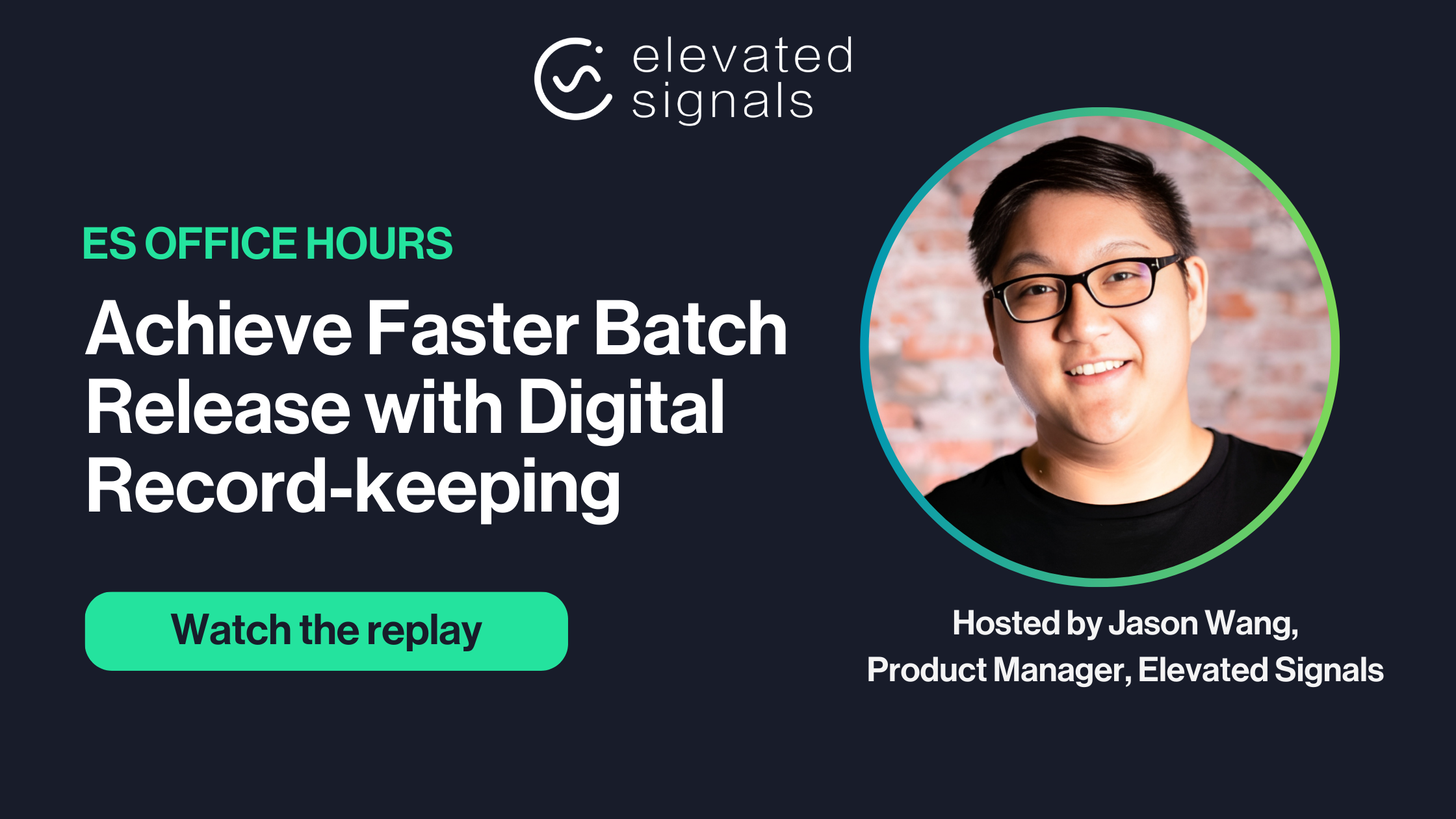Why Planning Breaks Down
Scaling companies run into the same problem: more complexity, same broken tools.
You’re launching new SKUs. Managing more work orders. Coordinating more people, rooms, and raw materials. But without a system that ties it all together, you’re stuck answering questions like:
- “Do we have the materials to fulfill this order next week?”
- “Is the packaging room free, or are we double-booked again?”
- “How do we plan around labour shortages or export deadlines?”
At some point, tribal knowledge and spreadsheets aren’t enough. Visibility fades. Silos form. Mistakes compound.
That’s not just inefficient, it’s dangerous to your business.
Our Vision: Clarity in Motion
Planning isn’t just about organizing tasks - it’s about orchestrating growth.
We believe the next phase of growth doesn’t happen by accident. It happens by design.
That’s why we built Planning & Scheduling: a unified, visual system that helps manufacturers scale with structure, without slowing down.
Whether you’re fulfilling orders, launching new products, or expanding to new markets, this is the foundation that makes it all work.
What Planning Looks Like with Elevated Signals
Visual Production Calendar
Plan like you work - visually, collaboratively, and fast.
- Drag-and-drop interface that mirrors familiar tools like Google Calendar
- Real-time visibility into every scheduled task
- Live conflict detection to avoid double-booking rooms, teams, or equipment

Repeatable Workflows, Built-In
Eliminate tribal knowledge. Standardize how work gets done.
- Create production run templates for complex, multi-step processes
- Apply them across teams and departments
- Accelerate onboarding with built-in consistency

Fully Connected to Real Operations
This isn’t a static calendar - it’s live, connected, and built for manufacturing.
- Link every task to real work orders, batches, and sales orders
- Sync changes across departments automatically
- Tie plans directly into inventory, compliance, and QA processes
Built for Real-World Complexity
Adapt on the fly without losing control.
- Schedule around room conflicts, labour constraints, or material availability
- Drag to reschedule and cascade updates to dependent tasks
- Plan weeks or months out - or shift things minute-by-minute
From Firefighting to Forward Momentum
When planning works, everything else moves faster.
With Elevated Signals Planning, you can:
- Replace the chaos of spreadsheets and guesswork
- Unlock cross-functional clarity across operations, QA, inventory, and sales
- Build structure that supports scale, not slows it down
- Lay the groundwork for what’s next: forecasting, labour planning, cost modelling, and AI-supported decision-making
We’re not just giving you a calendar. We’re giving you control.
Frequently Asked Questions
How is this different from a spreadsheet-based production calendar?
Spreadsheets are static, fragile, and disconnected. Elevated Signals Planning links live work orders, resources, and inventory into one centralized calendar you can actually run your operation from.
Can I plan around labour, rooms, and materials?
Yes. You can schedule tasks around real constraints, from packaging room availability to staff workloads and raw input lead times.
Is this only for cannabis manufacturers?
Not at all. While our roots are in cannabis, Planning is built for any batch-based, highly regulated production environment, including food, beverage, and natural health products.
Can I still use work orders and inventory features with Planning?
Absolutely. Planning sits on top of your existing Elevated Signals modules, enriching and syncing with work orders, inventory, QA, and compliance data.
What’s coming next for Planning?
Stock forecasting, labour capacity modelling, and cost-of-goods tracking — all built into the same unified system.
Ready to Plan Like the World-Class Manufacturer You Are?
If you’re scaling production, launching new SKUs, or expanding into new markets, this is the system that keeps you moving - with clarity and confidence.
Let’s replace the chaos.
Book a demo or talk to our team to see Planning & Scheduling in action.




%20(1).png)
.png)
%202.png)

.png)


